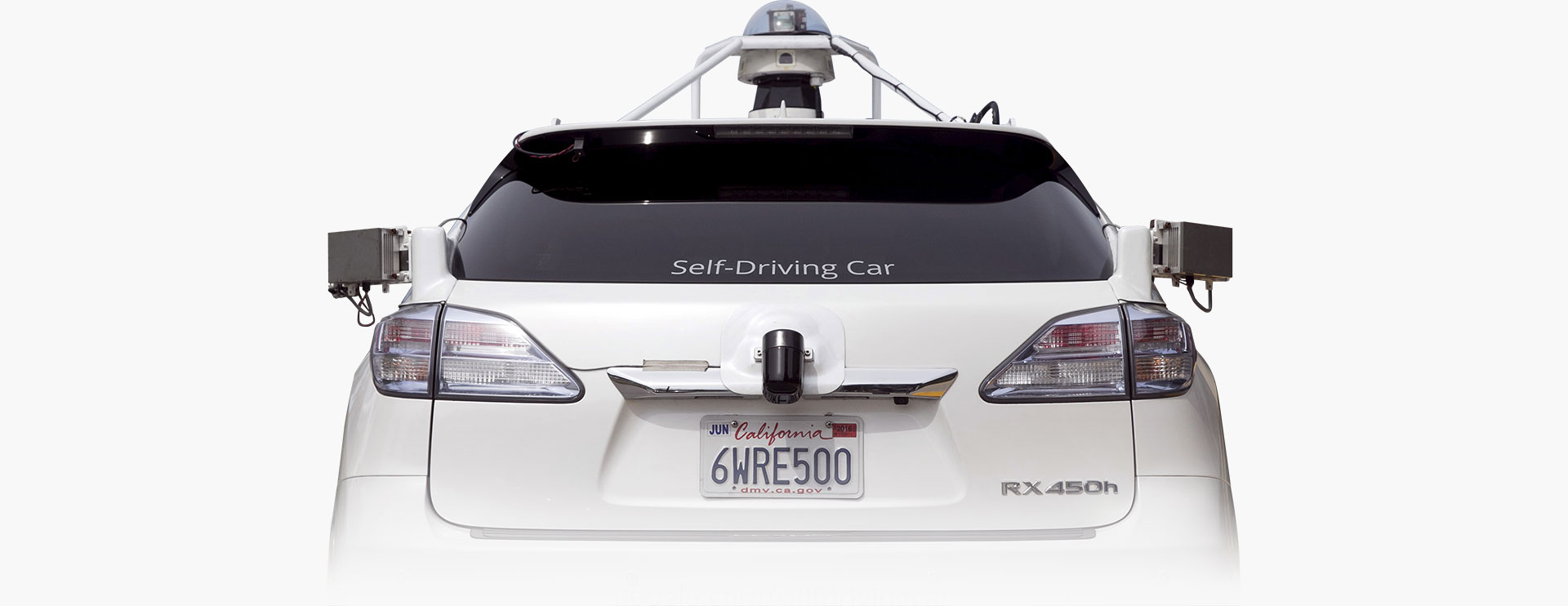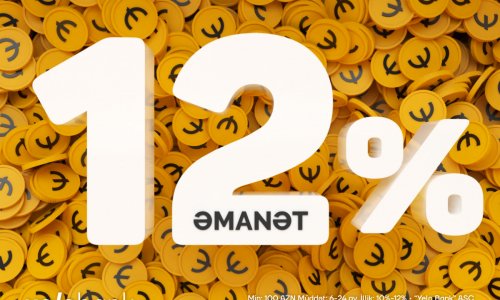The battle to dominate the next generation of cars hinges in part on autonomous driving technology. Google has built a leading position - thanks not just to its tech expertise, but also its persistent lobbying.
The Alamo Drafthouse Cinema Plaza here is a strip mall with a pet-accessories store, a Thai restaurant and a yogurt shop, an unlikely venue to display the high-tech future.
But one Saturday morning in March, Google did just that. A small convoy of its driverless cars cruised into the fading asphalt parking lot to give test drives – test rides, actually – to American mayors visiting Austin’s annual South by Southwest tech-and-culture festival.
Mayor Richard J. Berry of Albuquerque, New Mexico, was impressed with how the cars dodged pedestrians and fallen tree limbs. Sam Liccardo, mayor of San Jose, California, right in Google’s backyard, was impressed that he got to see the cars at all. "These things are crawling all over my city” in tests, "but I had to come to Austin to ride in one,” said Liccardo. "This is going to change cities.”
But before that happens, Google needs to change regulations – the federal, state and local edicts that cover everything from whether cars must have steering wheels to who's at fault if a driverless car hits another vehicle. And so behind the technology display here in Austin was something as formidable as the technology but far less noticed: Google is mounting a lobbying and public-relations campaign across America to win acceptance for "autonomous vehicles,” as they’re formally known, and to shape the rules of the driverless road.
Last year, Google made Austin the first site outside Silicon Valley where it tests its driverless cars on public streets. This year, it has added Kirkland, Washington, and Phoenix, Arizona.
The proliferation of cities is aimed at gaining public acceptance for driverless cars, Google executives acknowledge, in addition to testing them in different driving conditions. The test cars all have company-trained drivers, and none yet offer rides to the public. But in each city Google does "public outreach,” in its words, such as town-hall meetings to explain the technology and tout its safety.
In Washington, Google has enlisted four former senior officials of America’s federal traffic-safety agency in the company’s efforts to convince their former government colleagues of the company’s preferred path from here to autonomy.
Self-driving technology has developed far faster than experts envisioned when Google started developing it in 2009. Cars with partial autonomy, such as Tesla’s Model S, are on the road now, and limited trials of fully self-driving vehicles are popping up. They could appear in urban transit systems within a few years, though the transition in the broad consumer market could take far longer.
"I’ve gone from hoping this would happen to thinking it might happen to knowing it will happen,” Chris Urmson, the 39-year-old Canadian who’s director of Google’s driverless-car program, told Reuters in an interview.
Other companies, ranging from global automotive giants to Silicon Valley startups, also are developing driverless cars. And they, too, are lobbying state and federal regulators in an effort to massage the rules to their liking.
But Google, one of the first companies to launch a development effort, has emerged as the most visible and assertive lobbyist, with the most ambitious view of how self-driving vehicles should be deployed. Scorning the gradualist approach, Google is pushing for fully autonomous vehicles.
The company won an important early victory in February when the National Highway Traffic Safety Administration (NHTSA) ruled that the artificial intelligence system piloting a self-driving car could be considered the driver under federal law. That paves the way for regulators to make subsequent rulings that autonomous vehicles don’t need steering wheels, brake pedals, accelerator pedals or other things humans use to control motor vehicles.
On Tuesday, Google and four allies - Ford, Lyft, Uber and Volvo Cars - said they were forming "the Self-Driving Coalition for Safer Streets.” The group will push for "one clear set of federal standards” for autonomous vehicles and try to build support for the technology among businesses and local governments. The coalition’s public face will be David Strickland - the former head of NHTSA.
NHTSA has promised to issue driverless-car guidelines by July. The agency is holding a public meeting on Wednesday at Stanford University in California to gather public input.
"The mission I have is we’ve got a clock ticking,” Transportation Secretary Anthony Foxx, who oversees NHTSA, told Reuters. "This technology is coming. Ready or not, it’s coming.”
But in California, Google’s home state, officials want all autonomous vehicles to have steering wheels, brake pedals and accelerator pedals – which amounts to ensuring that driverless cars can have drivers. California’s regulators believe there’s no substitute, at least not for some years, for autonomous vehicles to be designed with a "handoff” system that allows a driver to retake control in an emergency. But California hasn’t yet finalized its regulations.
In the U.S. government’s lexicon, California’s incrementalist approach is called Level Three autonomy, or "L3,” on a scale running from L0, where a driver does everything, to a fully autonomous L4 vehicle that needs no human intervention. L3 advocates are "certainly not ready for humans to be completely taken out of the driver’s seat,” as one L3 champion, Mary Cummings, director of Duke University’s Humans and Robotics Laboratory, told a U.S. Senate Committee in March.
Google, though, is "definitely an L4 company,” one executive says. The company maintains that requiring human controls makes driverless cars useless for elderly, blind and disabled people who can’t operate a vehicle, and even makes the cars dangerous.
"Developing a car that can shoulder the entire burden of driving is crucial to safety,” Urmson told the same Senate panel. "Human drivers can’t always be trusted to dip in and out of the task of driving when the car is encouraging them to sit back and relax.”
Google concluded that in 2012, when it asked employee volunteers to test its driverless cars. The volunteers agreed to watch the road at all times and be ready to retake control if needed. Google filmed them in action in the car.
The technology lulled many volunteers into "silly behavior,” as Google put it. One turned around to search for his laptop in the back seat while traveling 65 miles an hour. Google gave up on L3.
The Google philosophy got some confirmation last fall when Tesla launched an L3 technology called Autopilot. Soon after, online videos posted by Tesla drivers showed near misses, prompting CEO Elon Musk to warn owners against doing "crazy things.”
Toyota, meanwhile, is pushing for another alternative. In its proposed "guardian angel” system, as the company calls it, humans would do most of the driving, but the car would take over automatically when it senses a collision is imminent.
That system, say Toyota officials, could have avoided the well-publicized collision between a Google car and a bus in Mountain View, California, Google’s headquarters city, in mid-February.
The car was a Lexus RX 450h hybrid SUV modified for autonomous driving, though it does have a steering wheel and control pedals. (Google’s latest driverless car, a bubble-shaped prototype, is designed to have neither.) The Google Lexus was trying to get around sandbags in a construction zone, with a bus approaching from behind on the left.
The Google car assumed the bus would give way, but the bus driver didn’t yield. The car’s left front fender hit the bus’s right front corner, and the car slid back alongside until it reached the bus’s midsection.
Google acknowledged "some responsibility” instead of full fault because the situation was ambiguous, Urmson told Reuters. Because the car was going just two miles an hour and nobody got hurt, there was no police report to affix blame officially. And the bus driver won’t discuss the incident.
(reuters.com)
www.ann.az
Follow us !











